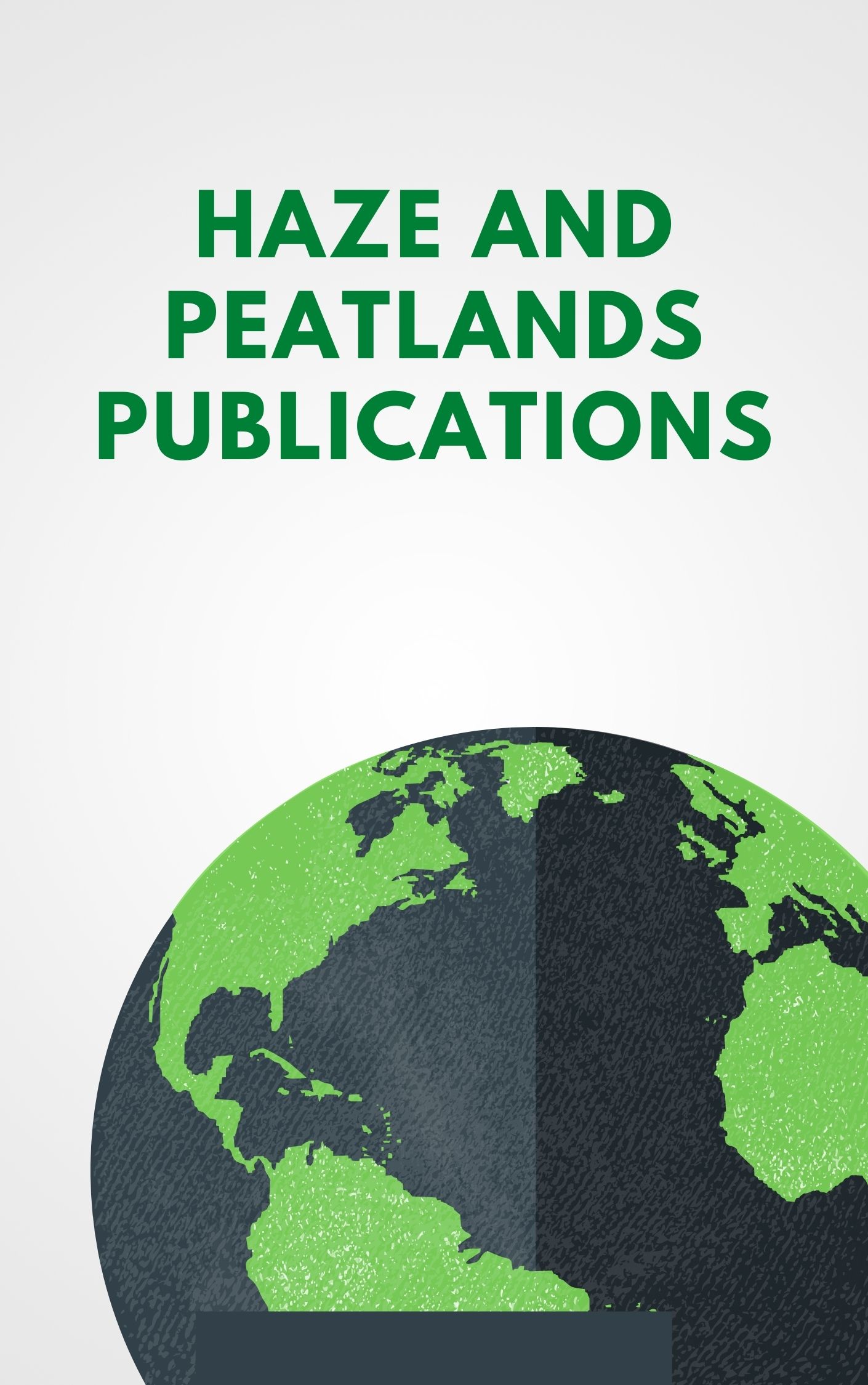Elaeidobius kamerunicus is the main pollinating insect of oil palm, Elaeis guineensis in Malaysia. Elaiedobius kamerunicus feeds and breeds on the oil palms' male inflorescences. The weevil presence is vital for the successful pollination of oil palm, thus ensuring satisfactory fruit bunch production. MPOB recently reported that the declining quality of oil palm fruit bunch, mainly due to insufficient pollination, had affected the national average oil extraction rate. In part, this scenario was caused by the declining pollinator population. As such, the factors affecting the pollinators' population need to be investigated. One of the critical criteria in estimating the population of E. kamerunicus in the field is to measure the emergence rate of the new adult E. kamerunicus from the post-anthesis male inflorescence (PAMI). The study to investigate the rate of E. kamerunicus adult emergence and their sex ratio was conducted for four months at nine oil palm estates in Malaysia by using PAMI samples that were brought to the laboratory and observed for two weeks. The results have shown that the number of adult weevils that emerged from PAMI was about 36-47 individuals, and the female-to-male ratio for the emerged progenies was 2.33-4.46: 1. Indiscriminate application of broad-spectrum pyrethroid insecticide, cypermethrin has negatively influenced the weevil emergence rate in the field. Whereas, minimal impact on the emergence rate was observed in areas applied with biopesticide. This study showed that the application of cypermethrin could threaten the future population of the pollinating weevil in the field. As such, the excessive application of such insecticides in the field is discouraged and should be replaced by biopesticides to complement other Integrated Pest Management (IPM) strategies. In addition, further investigation is needed to understand how the gender ratio of the progeny could affect the future population of E. kamerunicus.
View source

